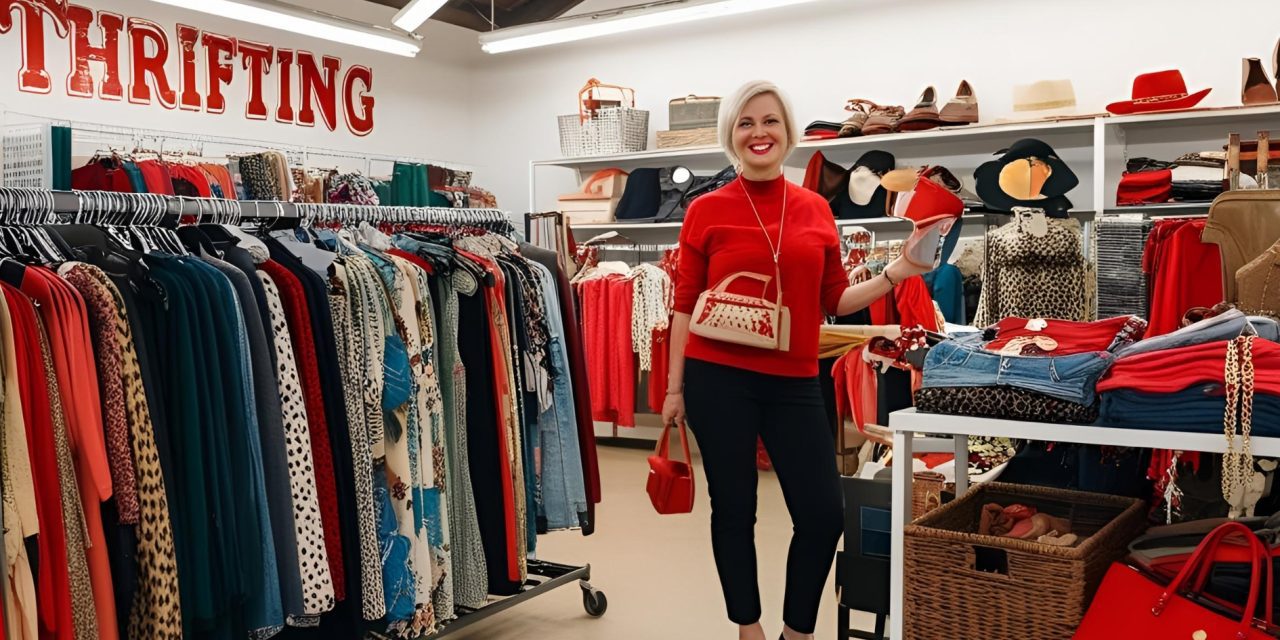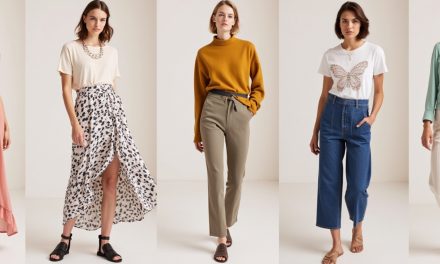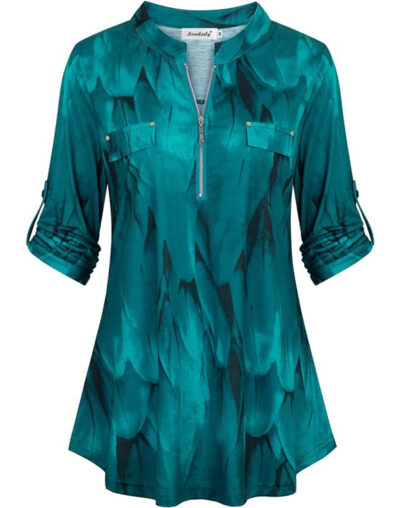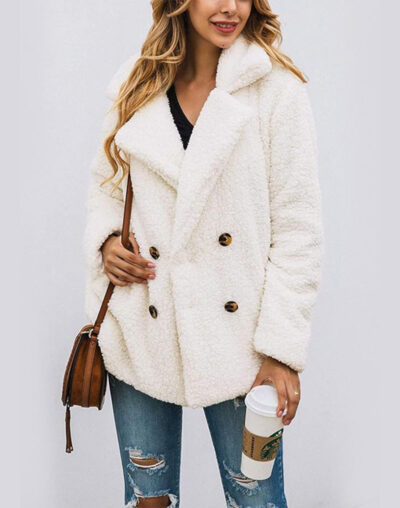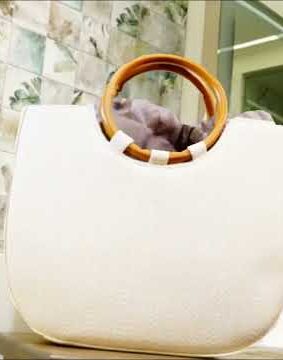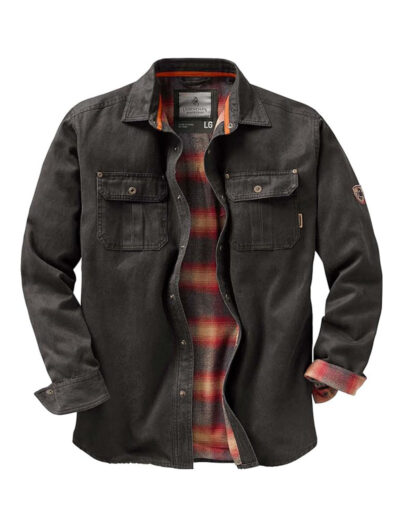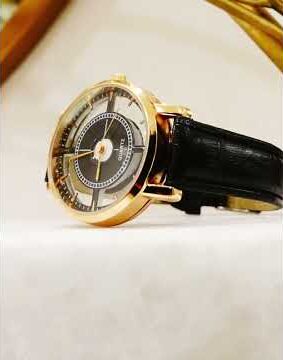The thrift shopping experience represents a distinctive journey. This journey provides consumers with the excitement of bargain hunting and discovering preloved items imbued with narrative.
As individuals explore local thrift stores, flea markets, and estate sales, they become part of a dynamic thrift culture emphasizing sustainability and individuality. Thrift shops frequently feature curated collections of vintage clothing, accessories, and collectible items. This transforms each visit into a potential opportunity for a new fashion discovery.
What is Thrifting, and Why is it Popular?
Thrifting, defined as the practice of purchasing secondhand items, has experienced significant growth in popularity in recent years. This is largely attributed to its affordability and the sustainability movement advocating eco-friendly fashion choices.
This shopping trend encourages individuals to explore thrift shops, vintage markets, and online resale platforms such as Depop. Here, they can discover unique styles and retro fashion that are both budget-friendly and ethical.
By engaging in thrift shopping, consumers actively contribute to the circular economy through fashion recycling. This reduces waste and supports sustainable living practices.
The origins of thrifting can be traced back to the early 20th century when consumers began seeking budget-friendly alternatives in response to economic hardships. In the present day, thrift culture thrives. It offers a plethora of hidden treasures for those willing to invest the time to search.
Budget-conscious stylists greatly benefit from thrifted outfits, often unearthing distinctive pieces that enable self-expression without incurring significant costs. Effective thrift store strategies, such as identifying peak shopping times and understanding store layouts, enhance the shopping experience. They transform the quest for unique items into an engaging treasure hunt.
As individuals increasingly adopt this eco-conscious lifestyle, they achieve savings and reduce their carbon footprint. They make fashion choices that reflect a commitment to both style and sustainability.
Navigating Different Types of Thrift Stores
Thrifting is basically a choose-your-own-adventure—equal parts thrill, chaos, and “did I really just buy that?” From neighborhood thrift shops to curated vintage markets and scroll-happy online platforms, each spot has its own personality (and price tags).
Local thrift stores? Great for quirky everyday finds and that random mug you didn’t know you needed. Vintage markets? Expect statement pieces…and statement prices. Online thrifting? Convenient, yes — but bring your best detective skills.
Pro tips: Shop on restock days, stalk those online filters like it’s your part-time job, and never underestimate the power of patience. The more you thrift, the better your eye gets — and soon, you’ll have a wardrobe (or home) full of one-of-a-kind gems that scream you… without screaming your budget.
Wrap Up
Thrifting isn’t just shopping — it’s a lifestyle, a sport, and sometimes, an extreme test of patience. Every rack hides a story, every shelf holds a surprise, and every find feels a little like winning.
From budget-friendly basics to vintage gems, the thrift world rewards curiosity and a good eye. It’s not about chasing trends — it’s about finding pieces that feel like they were waiting just for you. Because at the end of the day, a style that tells your story will always outshine fast fashion.
Ready to level up your thrift game or curious about what other cool finds are out there? Dive into even more thrifty adventures, style tips, and sustainable living inspo at You’re In Style.
